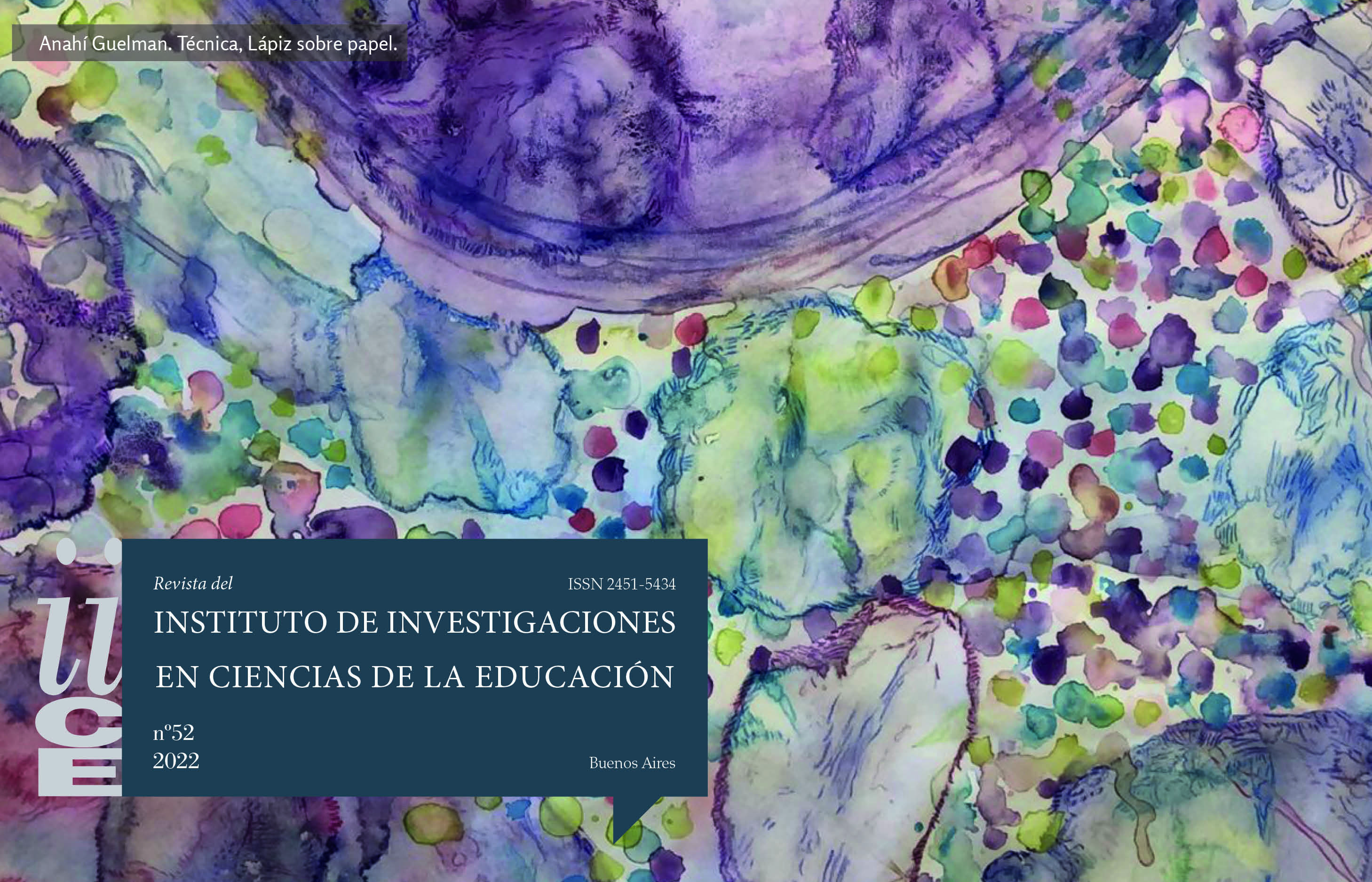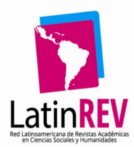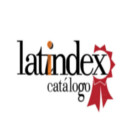La inclusión educativa en la educación superior. Límites y desafíos actuales
Abstract
Undoubtedly one of the most frequently used terms in the last thirty years in education is inclusion, it has crept into everyday conversations in higher education fields, it appears as a category in the different theoretical developments, publications and exhibitions in conferences and congresses. However, from our professional and management experience, as members of the Advisory Commission on Disability of the National University of Río Negro, we have questioned not only its use but also its senses. In this process we opted for the recovery of the concept of accessibility, in the physical, communicational and academic aspects. These categories in turn appear in a broader view of the hand of positions linked to difference, transversality and intersectionality. Feel and live the educational experience from the possibility of lodging / hosting, beyond and beyond disability situations. Higher education is a social right that confronts us with a meritocratic logic that still prevails in the university system, places us in the limits and in the challenge of restoring the condition of education as a vital experience, woven into intersubjectivities that more than focused on borders, has the ethical obligation to locate itself in the webs and interstices in pursuit of conditions of equity and fraternity. The intention is, in this general framework, to share with you some experiences that lead us to review the policies and practices that we carry out, in the search for positions consistent with curricular justice strategies within higher education institutions.Downloads
Download data is not yet available.
References
Aguilar Villanueva, L. (1992) La hechura de las políticas. En: http://www.fundacionhenrydunant.org/images/stories/biblioteca/Politicas-Publicas/QL-vT7L41Vk.pdf.pdf.
Angelino A., Heredia N., Katz S., Misischia B., Prolongo S. (2013) Mujeres con Discapacidad en Educación Superior: puertas entreabiertas. Revista INFOJUS. Ministerio de Justicia y Derechos Humanos. Argentina.
Coincaud, C., Díaz, G. (2012) Hacia una Educación Inclusiva. Reinventar las prácticas curriculares, más allá de las políticas educativas. Revista RUEDES, Año 2- Nº 3, pp. 18-39
Delgado M., xxxxxx., Pizarro D. (2021) Discapacidad Intelectual y Universidad. Propuestas que desafían los límites y abren nuevos horizontes. Dossier sobre Discapacidad en Educación Superior Revista Argentina en Educación Superior. Año 13/ Número 22 / PP 50-62.
Echeverria, J. (2018) De la pedagogía de la diferencia: la potencia de un lenguaje ético y narrativo para la educación. Revista Propuesta Educativa, Año 27, Nro. 50, p. 117 a 119
Mendez, M. xxxxx. (2019) comp. Políticas en Educación Superior en las Universidades Nacionales Discapacidad y Universidad 2014-2015. RID. Eudene.
xxxxx. (2020). Políticas universitarias, perspectiva de discapacidad y accesibilidad en Argentina. Revista Educação e Cultura Contemporânea. Vol 17. No 51. pp. 28 - 42
xxxxx (2019) Las políticas universitarias en discapacidad como punto de debate sobre los procesos de democratización universitaria en Argentina. Revista FADECS. Nro 25. En(clave)Universidad Nacional del Comahue. Pág. 179-196.
xxxxx (2018) La relación Universidad – Discapacidad. ¿Una inclusión excluyente? Revista Educación, Lenguaje y Sociedad Vol. XV No 15 pp. 1-18
xxxxx (2018). Relaciones entre Universidad y Discapacidad. Voces acalladas que resuenan [Tesis de Doctorado]. Universidad Nacional de Buenos Aires.
xxxxx . (2016) Del derecho a la sexualidad a la producción social de la sexualidad y la discapacidad. Revista Académica sobre Discapacidad y Derechos. nro 1. Sin páginas
xxxxx . (2014) Comp. Encuentro Personas con Discapacidad y Relaciones de Género. La diferencia como punto de encuentro. Colección Congresos y Jornadas. Universidad Nacional de Río Negro.
xxxxx (2014) Derecho a la educación universitaria de personas con discapacidad. Revista Latinoamericana de Educación Inclusiva (RLEI). Vol. 8. Nro. 1. Pág. 25-33.
xxxxx (2012) Mujeres Invisibilizadas en el Derecho a la Educación. Revista Educación y Diversidad. Facultad de Educación Zaragoza. Vol 6. N° 1. 2012. Pág. 17-28
xxxxx . (2011) Educación Inclusiva y Formación Docente. Revista de Pedagogía Crítica Paulo Freire. Nro 10. pp 99-107
xxxxx , xxxxx (2021) Políticas de género desde la perspectiva de la interseccionalidad. La situación de discapacidad como una de las intersecciones. En Heim D, comp. “La igualdad de géneros en la universidad aportes para hilar una trama colectiva”. Sociedad Argentina de Sociología Jurídica.
Oszlak, O. y O’Donnell, G. (1982) Estado y políticas estatales en América Latina: hacia una estrategia de investigación. Versión publicada en Redes, vol. 2, núm. 4, 1995, pp. 99-128 Universidad Nacional de Quilmes Buenos Aires, Argentina. En: https://www.redalyc.org/pdf/907/90711285004.pdf
xxxxx (2010) El hilo por lo más fino: sobre las características de la institucionalidad social en relación con las políticas de género en el ámbito municipal. Revista de Gobierno y Políticas Públicas “Nuevo Espacio Público”, IPAP- RIO NEGRO- N° 5, Pp. 153-169.
xxxxx Segregación y otros sesgos de género en estudiantes de la UNRN. Informes OAC, 05. Universidad Nacional de Río Negro.
Angelino A., Heredia N., Katz S., Misischia B., Prolongo S. (2013) Mujeres con Discapacidad en Educación Superior: puertas entreabiertas. Revista INFOJUS. Ministerio de Justicia y Derechos Humanos. Argentina.
Coincaud, C., Díaz, G. (2012) Hacia una Educación Inclusiva. Reinventar las prácticas curriculares, más allá de las políticas educativas. Revista RUEDES, Año 2- Nº 3, pp. 18-39
Delgado M., xxxxxx., Pizarro D. (2021) Discapacidad Intelectual y Universidad. Propuestas que desafían los límites y abren nuevos horizontes. Dossier sobre Discapacidad en Educación Superior Revista Argentina en Educación Superior. Año 13/ Número 22 / PP 50-62.
Echeverria, J. (2018) De la pedagogía de la diferencia: la potencia de un lenguaje ético y narrativo para la educación. Revista Propuesta Educativa, Año 27, Nro. 50, p. 117 a 119
Mendez, M. xxxxx. (2019) comp. Políticas en Educación Superior en las Universidades Nacionales Discapacidad y Universidad 2014-2015. RID. Eudene.
xxxxx. (2020). Políticas universitarias, perspectiva de discapacidad y accesibilidad en Argentina. Revista Educação e Cultura Contemporânea. Vol 17. No 51. pp. 28 - 42
xxxxx (2019) Las políticas universitarias en discapacidad como punto de debate sobre los procesos de democratización universitaria en Argentina. Revista FADECS. Nro 25. En(clave)Universidad Nacional del Comahue. Pág. 179-196.
xxxxx (2018) La relación Universidad – Discapacidad. ¿Una inclusión excluyente? Revista Educación, Lenguaje y Sociedad Vol. XV No 15 pp. 1-18
xxxxx (2018). Relaciones entre Universidad y Discapacidad. Voces acalladas que resuenan [Tesis de Doctorado]. Universidad Nacional de Buenos Aires.
xxxxx . (2016) Del derecho a la sexualidad a la producción social de la sexualidad y la discapacidad. Revista Académica sobre Discapacidad y Derechos. nro 1. Sin páginas
xxxxx . (2014) Comp. Encuentro Personas con Discapacidad y Relaciones de Género. La diferencia como punto de encuentro. Colección Congresos y Jornadas. Universidad Nacional de Río Negro.
xxxxx (2014) Derecho a la educación universitaria de personas con discapacidad. Revista Latinoamericana de Educación Inclusiva (RLEI). Vol. 8. Nro. 1. Pág. 25-33.
xxxxx (2012) Mujeres Invisibilizadas en el Derecho a la Educación. Revista Educación y Diversidad. Facultad de Educación Zaragoza. Vol 6. N° 1. 2012. Pág. 17-28
xxxxx . (2011) Educación Inclusiva y Formación Docente. Revista de Pedagogía Crítica Paulo Freire. Nro 10. pp 99-107
xxxxx , xxxxx (2021) Políticas de género desde la perspectiva de la interseccionalidad. La situación de discapacidad como una de las intersecciones. En Heim D, comp. “La igualdad de géneros en la universidad aportes para hilar una trama colectiva”. Sociedad Argentina de Sociología Jurídica.
Oszlak, O. y O’Donnell, G. (1982) Estado y políticas estatales en América Latina: hacia una estrategia de investigación. Versión publicada en Redes, vol. 2, núm. 4, 1995, pp. 99-128 Universidad Nacional de Quilmes Buenos Aires, Argentina. En: https://www.redalyc.org/pdf/907/90711285004.pdf
xxxxx (2010) El hilo por lo más fino: sobre las características de la institucionalidad social en relación con las políticas de género en el ámbito municipal. Revista de Gobierno y Políticas Públicas “Nuevo Espacio Público”, IPAP- RIO NEGRO- N° 5, Pp. 153-169.
xxxxx Segregación y otros sesgos de género en estudiantes de la UNRN. Informes OAC, 05. Universidad Nacional de Río Negro.
Published
2022-11-03
How to Cite
Misischia, B. (2022). La inclusión educativa en la educación superior. Límites y desafíos actuales. Revista Del IICE, (52). https://doi.org/10.34096/iice.n52.10783
Issue
Section
Artículos convocatoria permanente











